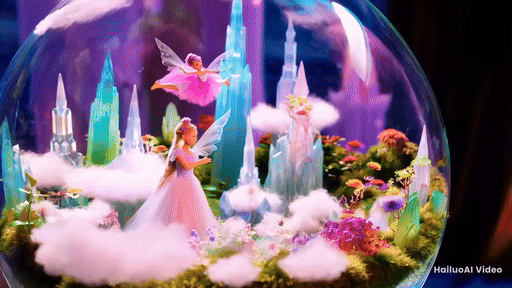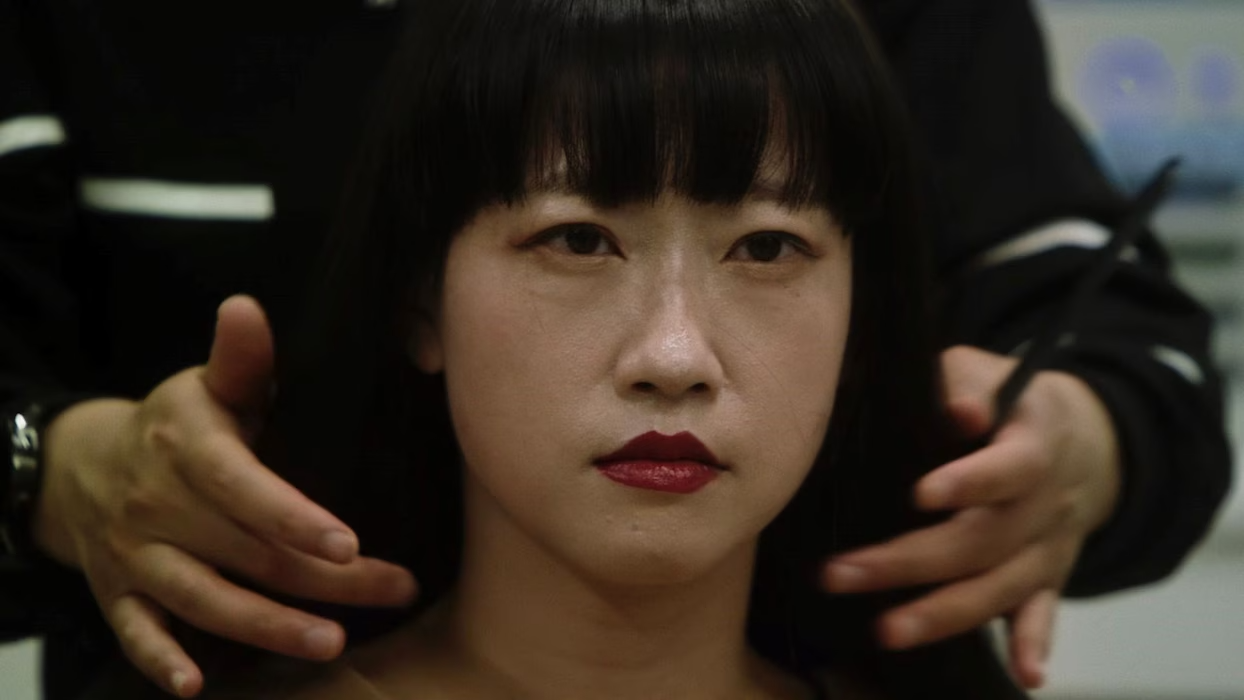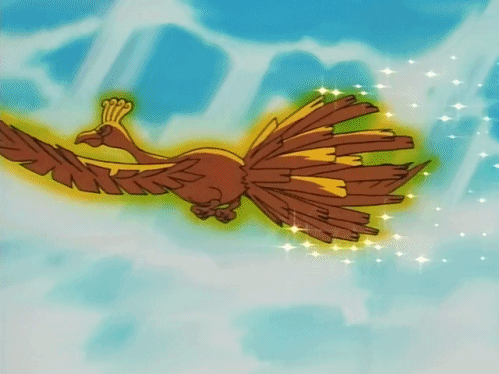“Hot milk style” became a trending fashion phrase in China, referring to sexualized or “hot” clothing that was marketed towards children or toddlers.
While the trend was once isolated to small “mommy influencer” corners of social media, when it arrived in the mainstream, it received immediate pushback from both public and official channels.

“I really think it’s outrageous,” wrote one user. “Why should we choose the outfits of young children according to the aesthetic standards of adults?”
“This outfit is not right for children,” another commenter stated plainly.
The internet took issue not just with the clothes themselves, but also with the suggestive ways the children were posed by their parents/photographers.
On e-commerce platforms, the trend was used by vendors to sell clothing and merchandise. One example was the “mistress dress,” which went viral when a street photographer captured a major executive having an extramarital affair with a young woman who wore a tight, pink dress.
As awareness around “hot milk style” entered the mainstream, a children’s clothing store was ordered to remove its listing of a child-sized mistress dress.
This is the TikTok moment that led to the downfall of Chinese top official Hu Jiyong, after a video of a romantic Chengdu stroll with mistress Ms. Dong went completely viral. Posted by a street photographer, netizens soon recognized the married man. He was fired shortly after. pic.twitter.com/POlLhdachK
— Manya Koetse (@manyapan) June 8, 2023

Despite near-universal criticism of the trend, some called the response an overreaction.
“I will dress my children as I see fit,” wrote one user. “This is my freedom, and no one else has the right to interfere.”
“Freedom to dress means that a person can follow their own free will, and choose the clothes they want to wear without being restricted or blocked by others,” wrote another.
However, most argued that minors were too young to knowingly consent to wearing these clothes, especially if their images were being captured and published online.
Official mouthpieces were also quick to admonish the trend.

“More revealing dresses and a stronger sense of contrast means a greater possibility of attracting attention,” reads an op-ed in the state-run People’s Daily. “The question is, what do the children get out of it?”
“In recent years, the clothes of adults have become more and more childish, and the clothes of children have become more and more sexy,” said a mother identified as Ms. Zhao, speaking to the state-run China Youth Network. “Some people’s aesthetics have really become pathological.”
“Pathological” may describe the clothing choices, which netizens argue are more rooted in the parents’ need for attention. “Check out my daughter’s long legs,” and “she looks so white in this dress,” read the surprisingly nonchalant comments of some parents.
Elsewhere in fashion, “dopamine dressing” has taken off in China, where fashionistas are particularly embracing a “childlike” aesthetic sensibility. Still elsewhere, women across the board are complaining that their clothing items are gradually becoming smaller and smaller.
Cover image via Xiaohongshu, other images via Baidu
















